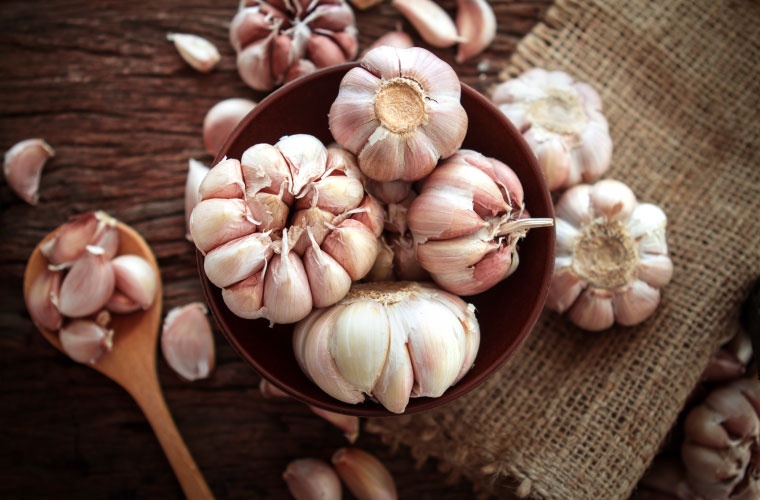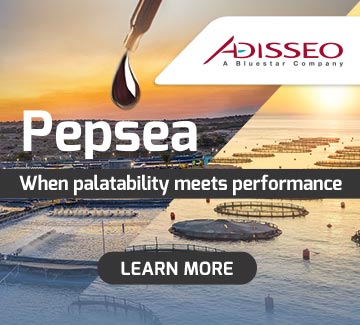
The research for sustainable alternatives to synthetic drugs in aquaculture has turned growing attention towards herbal remedies. A new review published in Aquaculture International warns that while plant-based medicines show great potential in fish and shellfish health management, their wider adoption depends on urgent progress in quality assurance and regulatory frameworks.
The scientific evidence on the therapeutic effects and medicinal plants include antimicrobial, antiviral, antifungal and antiparasitic applications, alongside benefits such as stress reduction and growth promotion.
The review highlights that concerns over antibiotic resistance, chemical residues and environmental pollution have accelerated interest in natural remedies. According to the authors, “numerous plant species-including garlic, turmeric, neem, green tea, and ginger-have demonstrated promising antimicrobial, immunostimulatory, stress-reducing, and growth-enhancing effects in both finfish and shellfish.”
Concrete examples cited include garlic baths that “fully protected trout eggs from Saprolegnia parasitica”; turmeric extracts effective against the bacterial pathogen Aeromonas hydrophila; neem’s antifungal and antiparasitic properties; and extracts of the varnish tree (Rhus verniciflua), which showed “notable antiviral activity against infectious hematopoietic necrosis virus (IHNV) and viral hamemorrhagic speticaemia virus (VHSV)”.
But, there are risks that cannot be ignored. Despite this potential, the authors warn that the integration of herbal products in aquaculture remains “inconsistent and under-regulated”. The review details a series of risks: contamination with heavy metals or pesticides, variability in composition due to plant origin and processing, and toxicity that “may include acute poisoning, chronic toxicity, drug interaction, and interference with accurate disease diagnosis.”
For herbal remedies to become a reliable tool in aquaculture, the authors emphasise the need for harmonized international guidelines. Their effectiveness and safety “depend on rigorous scientific validation,” they stress.
Regulatory frameworks, the review argues, must establish clear requirements for “identity, purity, potency, stability, and safety criteria”. The authors insist that “each plant or herbal medicine must be precisely identified using the correct scientific names to ensure consistency in sourcing and processing”.
Ultimately, the responsible use of these natural products could provide aquaculture with new disease management strategies that benefit both animal welfare and consumer confidence. But without robust quality control, the risks may outweigh the promise.
Reference:
Banaee, M., Sharma, D., Sinha, R. et al. Herbal remedies in aquaculture: efficacy, risks, and the need for quality assurance. Aquacult Int 33, 492 (2025). https://doi.org/10.1007/s10499-025-02120-7


